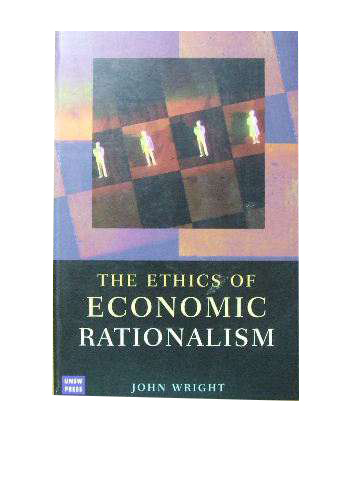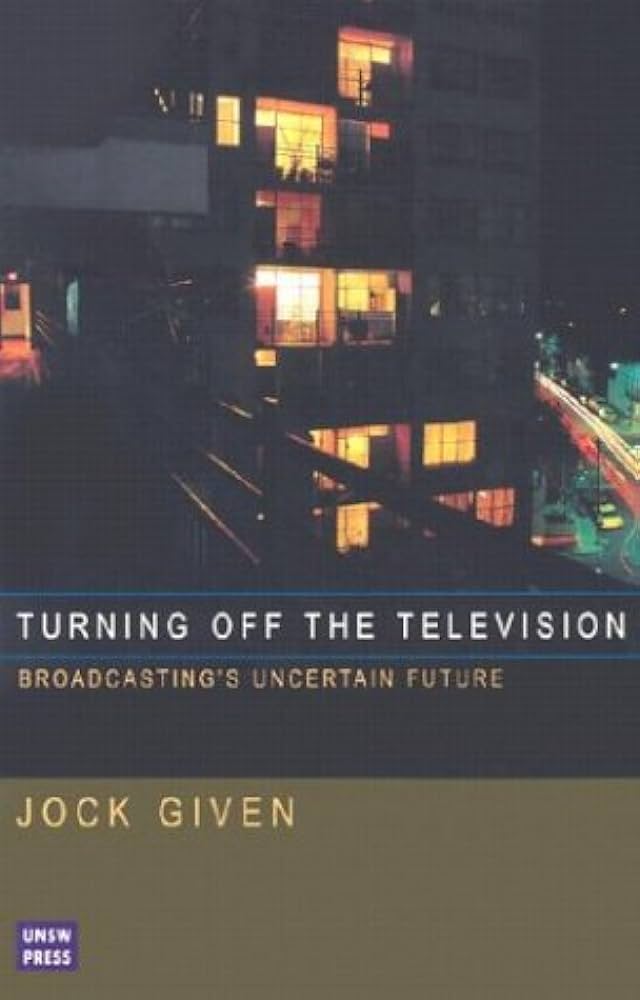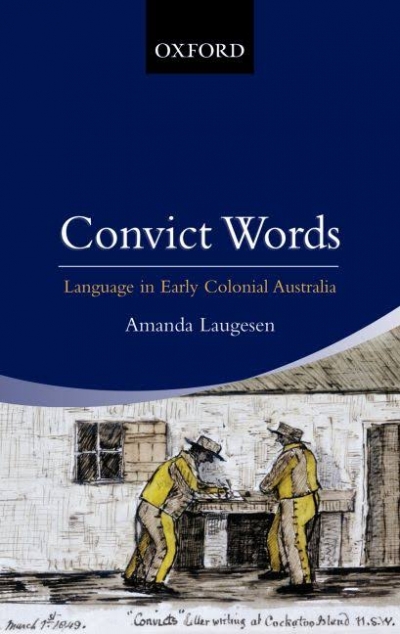Non Fiction
Don’t Tell Me, Show Me: Directors talk about acting by Adam Macaulay
by John Rickard •
What Australia Means to Me by Bob Carr & Bob Carr by Andrew West and Rachel Morris
by Beverley Kingston •
Australia’s Battlefields in Viet Nam by Gary McKay & On the Offensive by Ian McNeill and Ashley Ekins
by Jeffrey Grey •
Turning off the Television by Jock Given & Media mania by Hugh Mackay
by Prue Torney-Parlicki •
Media and Society in the Twentieth Century: A historical introduction by Lyn Gorman and David McLean
by Terry Flew •
Orchids of Australia by John J. Riley and David P. Banks
by Silas Clifford-Smith •
Convict Words: Language in early colonial Australia by Amanda Laugesen
by Gary Simes •










